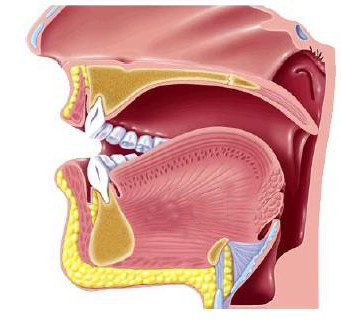Learning a foreign language can be a challenging and frustrating experience. One of the main obstacles students encounter is the difficulty in perceiving and producing new sounds. Our ears are so accustomed to our native language that we tend to identify everything we hear as part of that language’s sound inventory, making it hard to pick up new foreign sounds or distinguish between similar sounds. However, there is a way to overcome this problem: controlling our muscles.

Sensitizing Yourself to Muscle Control
Teachers have long believed that improving listening skills would lead to better pronunciation. However, the amount of listening required to make a difference in perception is time-consuming. To address this problem, we can control how we use our muscles. By learning to make different shapes with our lips, jaw, and tongue and adjusting our breathing, we can create any sound from any language. This approach allows us to both improve our production and perception skills simultaneously.
Training Your Ear with Muscle Control
Once we can make a sound, we start to hear it. By learning what we did with our muscles to create a particular sound and what it sounds like, we can begin to recognize it when others make it. Essentially, we educate our ears to hear differently by using our voluntary muscles to make sounds that are new to us. This approach takes effort and practice, but it is a reliable method for improving language learning.
Why Aural Models Don’t Always Work
Copying foreign sounds is not always the best approach to learning a language. Many students struggle with this approach because they remain unaware of how to change what they do with their muscles to create new sounds. Instead, it’s more effective to guide students to experiment with their speech organs. This method not only yields better results, but it is also more enjoyable for students.
Final Thoughts
Learning a new language requires dedication and patience, but it is a rewarding experience. By understanding the limitations of our ears and using muscle control to train our perception and production skills, we can become more confident and proficient in our language learning. So don’t be discouraged by the challenges you encounter, embrace them and learn to control your muscles to improve your language skills.





Leave a Reply